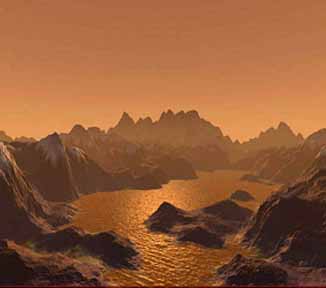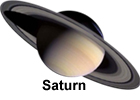|
|
The Solar System
Tweet
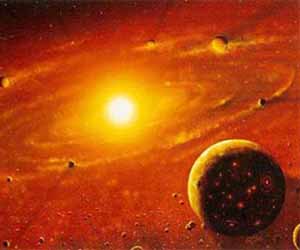
Planets of the Solar System
The nearest planet to the sun is Mercury, aptly named after the swift footed messenger god it orbits the sun in only 88 days, quicker than any other planet in the solar system.
Next comes Venus, often referred to as Earth’s sister planet but underneath her thick clouds lies a hellish oven baked landscape with temperatures hot enough to melt lead.
Third planet from the sun lies Earth, a striking blue sphere covered with oceans of liquid water and the only planet known to us which
harbors life.
The last of the rocky inner planets is Mars, consisting of a thin atmosphere this red body was once covered in oceans just like Earth but is now a desert where dust storms can engulf the entire planet.
Almost 800 million kilometers from the sun we find the first of the gas giants, Jupiter, enormous in its size it would take over a 1,000 Earths to fill its volume.
Saturn is the second of the gas giants and is unlike any other planet in the solar system with its spectacularly
colorful rings made from dust and ice particles.
Then comes the first of the planets known as ice giants, Uranus, this large turquoise ball of gas lies tilted on its side with freezing atmospheric temperatures of -371 Fahrenheit.
At 4.5 billion kilometers from the sun we find the last of the planets, Neptune, a blue ice giant where winds in the atmosphere reach over 2,000
kilometers per hour.
As mankind explores space we have found that some of the moons in our solar system are equally and at times even more fascinating than the planets themselves.
Jupiter’s wonderfully colored moon Io is the most volcanically active object in the solar system, Saturn’s moon Titan has a thick nitrogen based atmosphere which rains methane producing liquid lakes on its surface. Another of Saturn’s moons Enceladus has volcanoes which erupt with water ice and possibly has a liquid ocean underneath its icy surface. Then there is the ice world of Europa, another of Jupiter’s fascinating moons, underneath its surface lies a vast ocean of liquid water which is 100 km deep and possibly teeming with life.
At the center of the solar system is our sun, a massive ball of hydrogen and helium over a hundred times larger than Earth producing immense heat and enormous explosions which jettison solar winds millions of miles into space.
Between the orbits of Mars and Jupiter lies the Asteroid Belt, millions of rocks reside in this area some as large as 60 miles (100 km) in diameter.
Beyond Neptune we reach the Kuiper Belt where we find most of the dwarf planets including Pluto, at one time considered the ninth planet in our solar system this tiny body orbits the Sun at an average distance of almost 6 billion kilometers.
Comets originate in the Kuiper Belt or the even more far flung Oort Cloud, a massive spherical cloud of icy bodies that surrounds the solar system.
Moons of the Solar System
Other Bodies in the Solar System
| The Planets in Scale of Size - Click here for larger image |

Life in the Solar System

Our Galaxy and the Universe
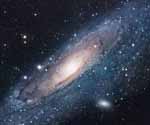
Solar System Statistics
Diameter of the Solar System: Unknown (possibly 2 to 3 light years)
Distance from center of Galaxy: 25 million light years
Orbital Period: 250 million years
Age: 4.6 billion years
Number of Planets: 8
Number of Dwarf Planets: 5
Number of Moons: 173
Rocky Planets: Mercury, Venus, Earth and Mars
Gas Giants: Jupiter, Saturn, Uranus and Neptune
Dwarf Planets: Ceres, Pluto, Haumea, MakeMake and Eris
Nearest Planet to Sun: Mercury (58 million km)
Farthest Planet from Sun: Neptune (4.5 billion km)
Farthest Man Made Object from Sun: Voyager 1 (17 billion km)
Distance from center of Galaxy: 25 million light years
Orbital Period: 250 million years
Age: 4.6 billion years
Number of Planets: 8
Number of Dwarf Planets: 5
Number of Moons: 173
Rocky Planets: Mercury, Venus, Earth and Mars
Gas Giants: Jupiter, Saturn, Uranus and Neptune
Dwarf Planets: Ceres, Pluto, Haumea, MakeMake and Eris
Nearest Planet to Sun: Mercury (58 million km)
Farthest Planet from Sun: Neptune (4.5 billion km)
Farthest Man Made Object from Sun: Voyager 1 (17 billion km)
Largest Planet: Jupiter (Diameter 142,984 km)
Smallest Planet: Mercury (Diameter 4,879 km)
Largest Moon: Ganymede (Diameter 5,262 km)
Smallest Moon: S/2003 J 9 and S/2003 J 12 (Diameter 1 km)
Greatest Planetary Gravity: Jupiter (20.87 m/s2)
Greatest Planetary Density: Earth (5.515 g/cm3)
Greatest Planetary Mass: Jupiter (1.8987 x 1027 kg)
Greatest Planetary Volume: Jupiter (1.4255 x 1015 km3)
Lowest Planetary Gravity: Mars (3.693 m/s2)
Lowest Planetary Density: Saturn (0.7 g/cm3)
Lowest Planetary Mass: Mercury (3.3022 x 1023 kg)
Lowest Planetary Volume: Mercury (6.08272 x 1010 km3)
Smallest Planet: Mercury (Diameter 4,879 km)
Largest Moon: Ganymede (Diameter 5,262 km)
Smallest Moon: S/2003 J 9 and S/2003 J 12 (Diameter 1 km)
Greatest Planetary Gravity: Jupiter (20.87 m/s2)
Greatest Planetary Density: Earth (5.515 g/cm3)
Greatest Planetary Mass: Jupiter (1.8987 x 1027 kg)
Greatest Planetary Volume: Jupiter (1.4255 x 1015 km3)
Lowest Planetary Gravity: Mars (3.693 m/s2)
Lowest Planetary Density: Saturn (0.7 g/cm3)
Lowest Planetary Mass: Mercury (3.3022 x 1023 kg)
Lowest Planetary Volume: Mercury (6.08272 x 1010 km3)
Solar System Images
Our Sun
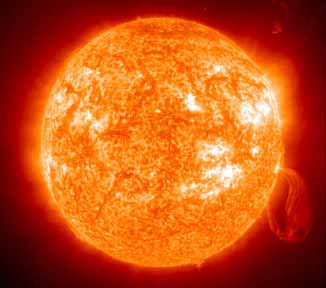

Surface of Mars
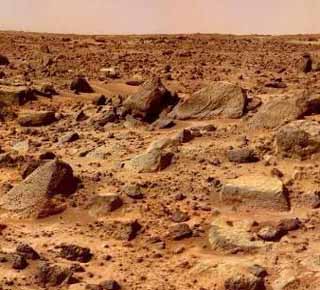

Ice Moon Europa
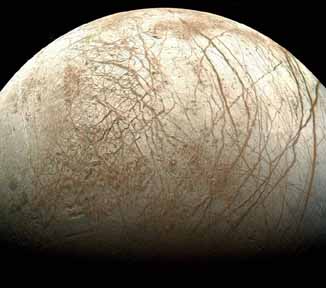

Jupiter's Red Spot
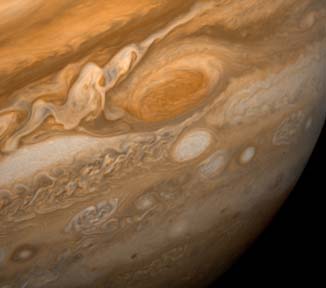

Saturn's Rings


Surface of Titan (Artist's Impression)
